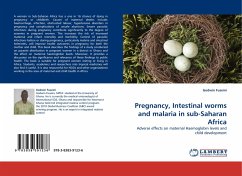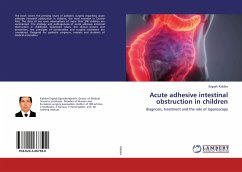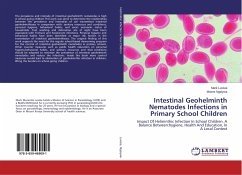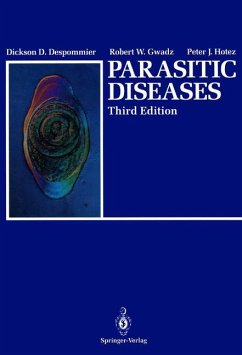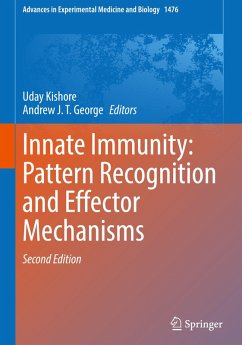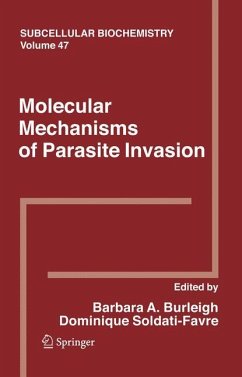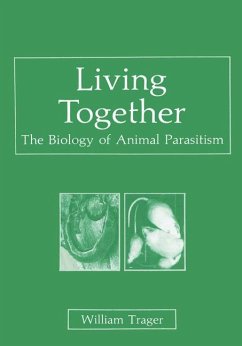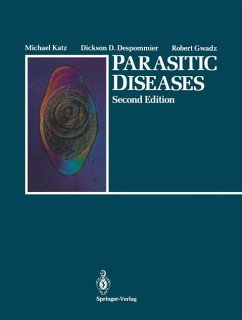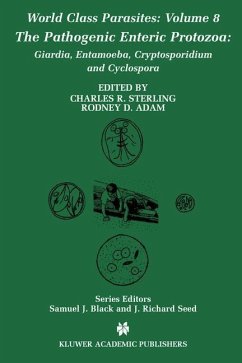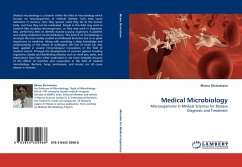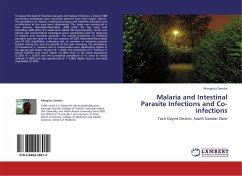
Malaria and Intestinal Parasite Infections and Co-infections
Tach Gayint District, South Gondar Zone
Versandkostenfrei!
Versandfertig in 6-10 Tagen
32,99 €
inkl. MwSt.

PAYBACK Punkte
16 °P sammeln!
To assess the level of intestinal parasite and malaria infection, a total of 806 consenting individuals were randomly selected from Tach Gayint District. The prevalence of malaria, intestinal protozoa and helminth infections and co-infections in the area were determined. The study was conducted in two seasons, November/December, 2008 (after the big rains) and April/May, 2009 (after the small rains). Blood film determination, direct wet mount and concentration techniques were respectively used for diagnosis of malaria and intestinal parasites. The overall prevalence of intestinal parasites was ...
To assess the level of intestinal parasite and malaria infection, a total of 806 consenting individuals were randomly selected from Tach Gayint District. The prevalence of malaria, intestinal protozoa and helminth infections and co-infections in the area were determined. The study was conducted in two seasons, November/December, 2008 (after the big rains) and April/May, 2009 (after the small rains). Blood film determination, direct wet mount and concentration techniques were respectively used for diagnosis of malaria and intestinal parasites. The overall prevalence of intestinal parasites was the same in the two seasons, 67.28% (November/December) and 67.20% (April/May), indicating lack of variation in intestinal parasite burden during the two dry periods of the year. However, the prevalence of hookworm, S. mansoni and A. lumbricoides were significantly higher in the age groups below 14 years (P 0.05). The prevalence of T. trichiura in school children was much higher (21.08%) than in the adult population (3.33%) (P 0.001) and the cumulative prevalence of H. nana in school children (7.98%) was also significantly (P = 0.003) higher than in the adult population (3.30%).



